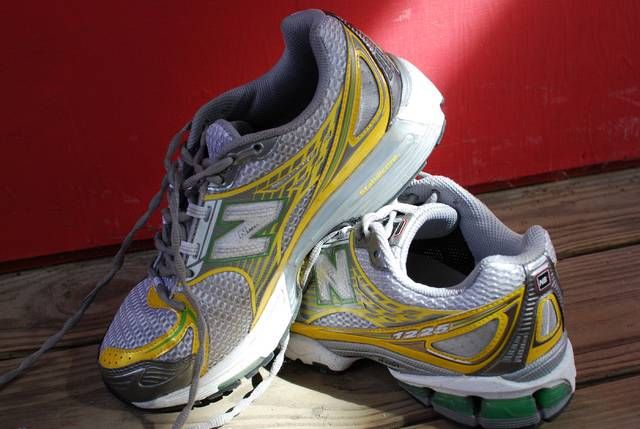Click here to subscribe today or Login.
Sometimes we all get carried away, don’t we? I mean there’s a line between being careful in a reasonable, rational way and being so risk averse that we’re almost paralyzed and avoid almost everything.
Now, don’t misunderstand, I’m a cautious person in general. Probably a good basic characteristic in a heart surgeon; but the ability to take calculated, and sometimes audacious risks when circumstances demand, is important as well.
Sometimes, it does seem that good advice can be carried to an absurd degree. This is Aristotle’s philosophical technique of argumentum ad absurdum, in which a true, reasonable statement is fallaciously shown wrong by carrying it to an unintended extreme.
By now, you already know how dangerous indoor tanning beds are — they’ve clearly been proven to increase your risk of skin cancer. But, if you’ve ever stepped foot into a nail salon, you may have wondered if those little lamps that use light to dry wet manicures pose the same risk.
The lamps used at nail salons emit ultraviolet rays, which can when used often and widely, cause premature skin aging and skin cancer.
These lamps are used to speed-dry regular manicures and, in fact, need to be used with gel manicures to set the polish. Some nail lamps are called UV lamps and some are called LED lamps, but they both emit UV radiation — predominately UVA rays.
UVA rays have been linked to both skin cancer and premature skin aging – they’re able to penetrate deep into the skin and damage collagen, which is the basic building block of skin, as well as elastin, which keeps skin looking young.
However, these nail salon lamps aren’t the same as indoor tanning beds. Studies have found that even the most intense nail salon lamps only present a moderate UV risk — a much lower risk than UV tanning beds.
Additionally, most people only have a brief exposure with nail salon UV lamps — just enough to dry or set wet nail polish. To develop skin damage, you would need to visit the nail salon and use these lamps quite frequently.
The risk nail salon lamps pose to your skin’s health really depends on the frequency of your exposure. If you only get your nails done a couple of times throughout the year, it’s a very small risk of skin damage. However, if you get your nails done every week and put your hands under the lamps for 10 minutes each time, your risk goes up.
This doesn’t mean you should give up pampering your hands at the salon though — there are some precautions you can take to protect yourself.
If you’re getting a regular manicure, you certainly can forgo the UV lamps and let your nails air dry.
However, if you’re getting a gel manicure, these lamps are necessary to set the material used.
If you can’t avoid sticking your hands under the UV lamps, at least limit it to the minimum time needed; and if you’re particularly sensitive or really worried, wearing protective gloves or applying sunscreen to your hands at least 20 minutes prior to UV light exposure may decrease your risk of premature aging and skin cancer.
Remember risk is all relative. Whatever we do, it’s important to assess the severity of the danger, the likelihood that it will occur and your ability to reduce both before we take most actions. For example, poking a hot stick in your eye is a bad idea under all circumstances, and nothing I can think of will change that. But although more than a few minutes in the direct sun of the seashore will certainly begin to injure your skin, I’ll slather on the sunscreen, accepting the small risk of the chemicals involved, to allow the enjoyment of family and friends at the beach.
Take care … be reasonable … balance … and choose your nail polish color thoughtfully.









